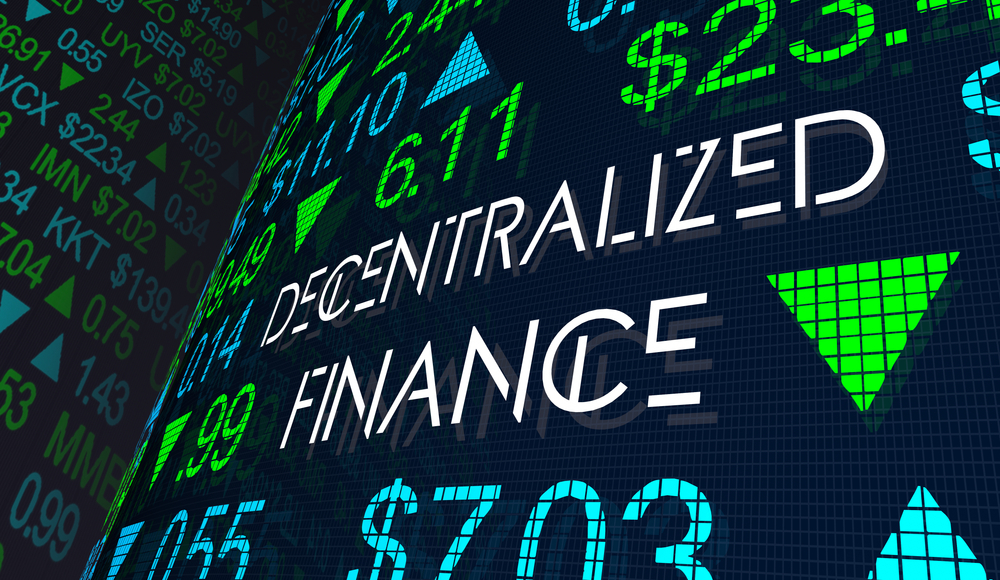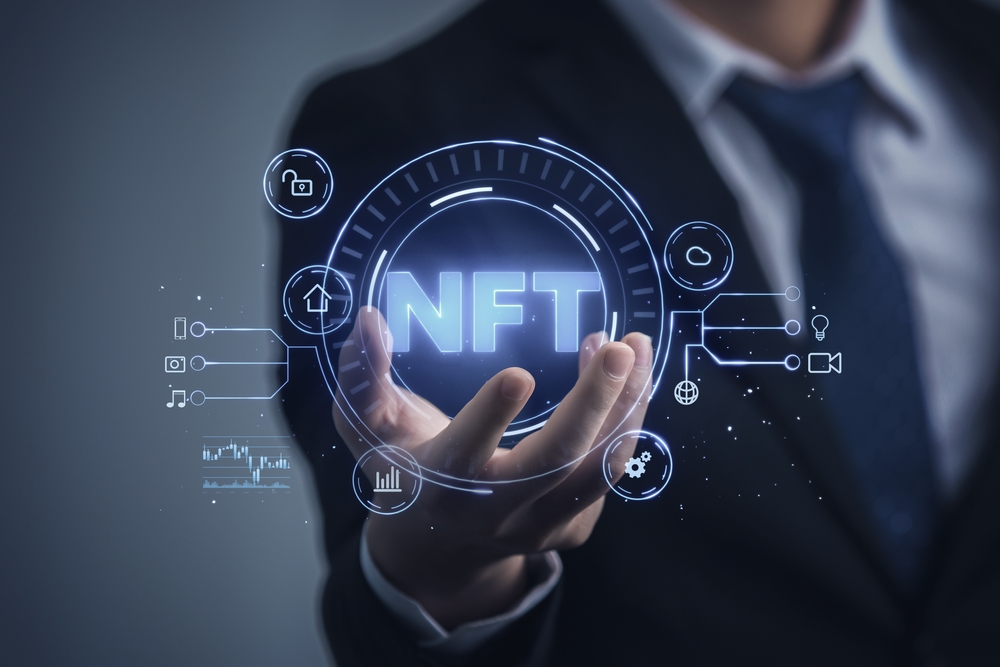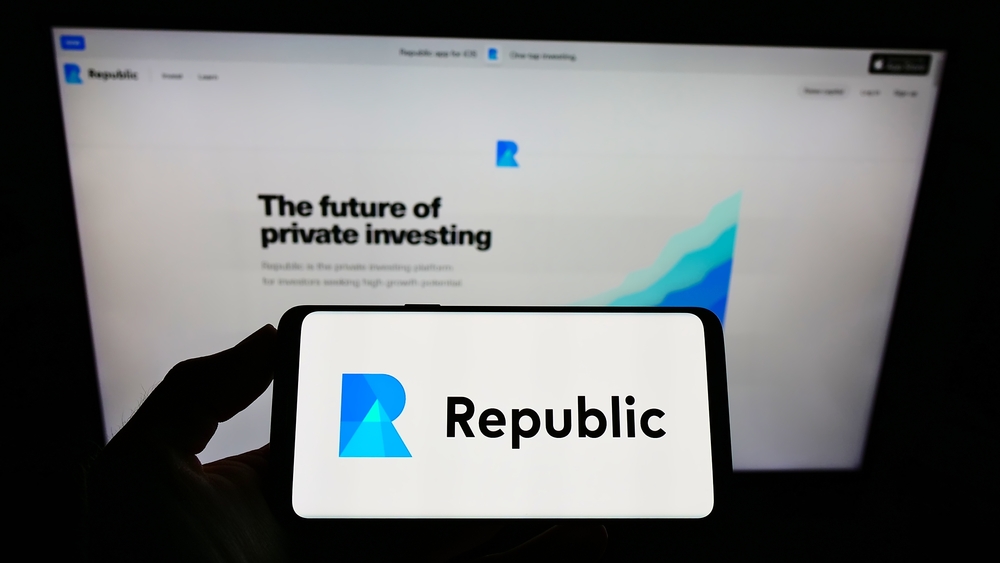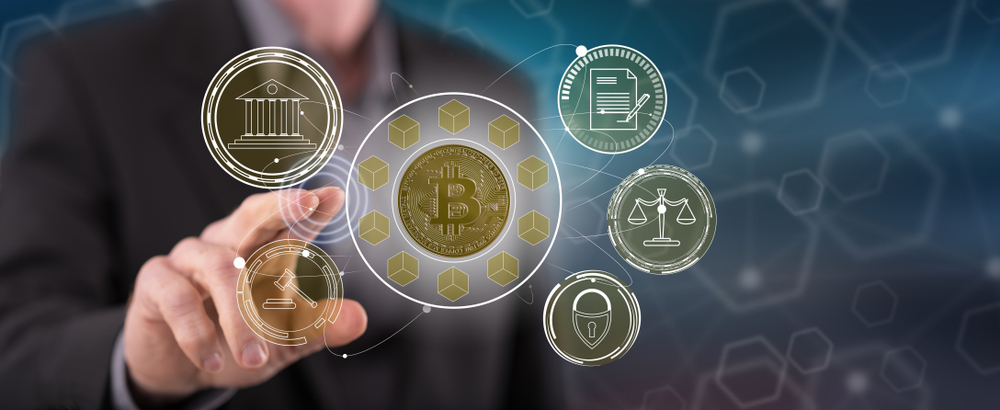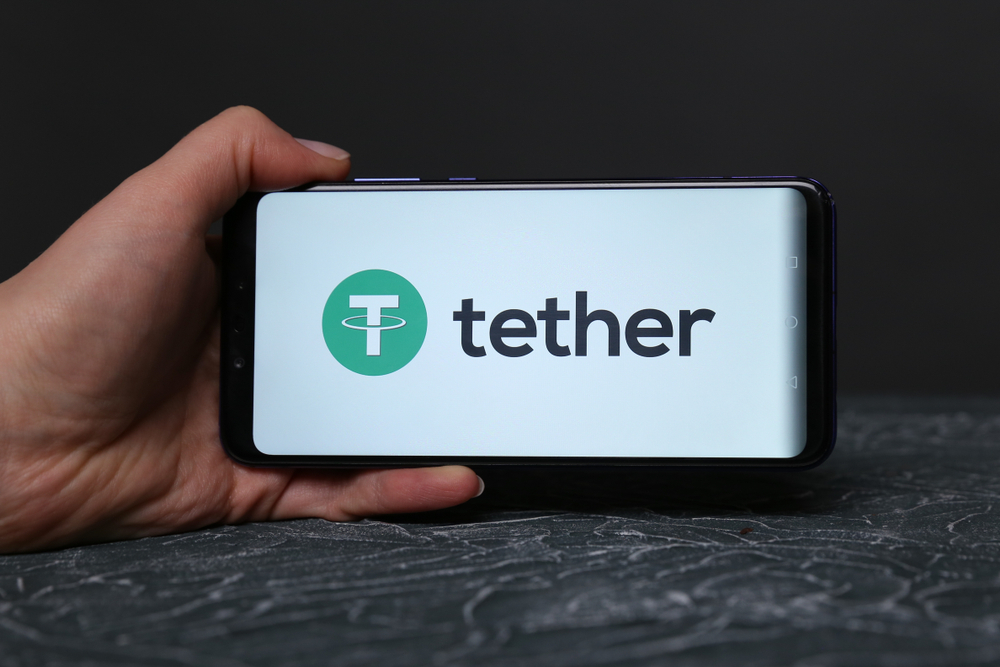The Blockchain: A Guide for Lawyers
Blockchain technology has many applications, and as the following guide explores, it can be particularly impactful for lawyers. In broad strokes, the blockchain can make the legal sector more transparent, accessible, and efficient by reducing costs and establishing data integrity long-term.
Think of the blockchain as one cohesive yet decentralized, digital spreadsheet that anybody can access and engage with at any time. This technological innovation has not only enabled countless companies to reinvent themselves, but it also underpins thousands of cryptocurrency coins and tokens worth trillions of dollars.
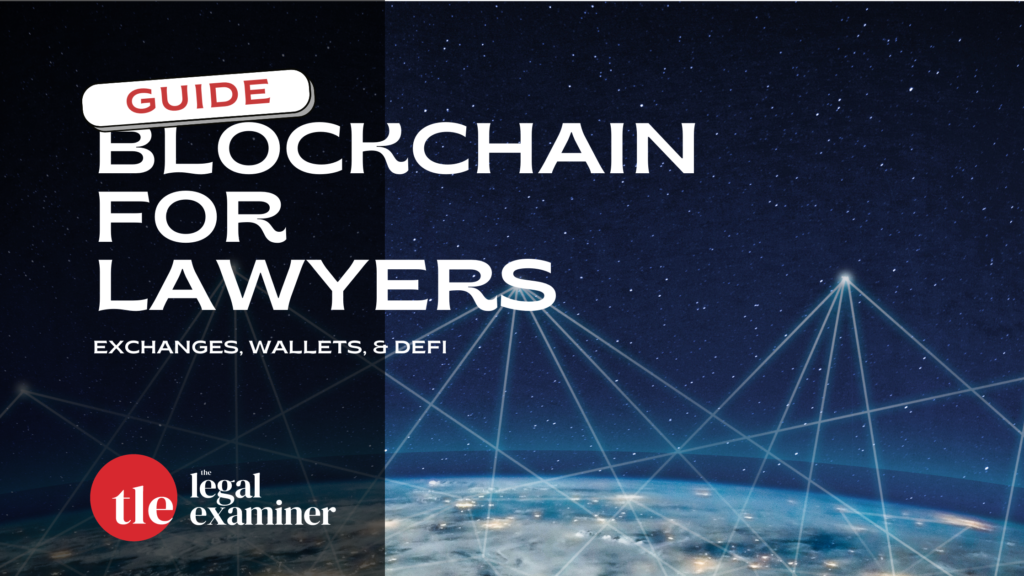
Let’s dive into how the blockchain functions and can transform the legal profession.
Table of Contents
- 1 Why is the Blockchain a Big Deal?
- 1.1 It is immutable, meaning no one can tamper with the data that is confirmed and added to the blockchain.
- 1.2 It is decentralized; the blockchain essentially replaces the need to trust a centralized entity with verifiable, transparent, and immutable programming.
- 1.3 It is transparent; anyone can look up any transaction on a public blockchain because the transactions are broadcast live to the entire network.
- 2 How Does the Blockchain Work?
- 3 Blockchain Use Cases
- 4 Final Thoughts: The Blockchain and Law
Why is the Blockchain a Big Deal?
 The overarching blockchain and cryptocurrency ethos are one of empowerment via disintermediation. It enables decentralized networks to function, removing the need for a central party.
The overarching blockchain and cryptocurrency ethos are one of empowerment via disintermediation. It enables decentralized networks to function, removing the need for a central party.
The blockchain was invented by Bitcoin’s pseudonymous founder Satoshi Nakamoto as a “Layer 1” solution for peer-to-peer payments and was unveiled in 2008. Its original use case was to simply verify the transfer of funds between two parties, prevent double spending, and build a decentralized global payment network.
Since Bitcoin’s launch in 2009, blockchain technology has seen numerous iterations and applications, such as smart contracts, digital collectibles like NFTs, and more.
The blockchain has three key attributes:
It is immutable, meaning no one can tamper with the data that is confirmed and added to the blockchain.
“Cooking the books” is impossible, and the ability to verify the integrity of data is a seamless endeavor.
It is decentralized; the blockchain essentially replaces the need to trust a centralized entity with verifiable, transparent, and immutable programming.
The blockchain enables people to escape the vulnerability of a centralized system. For one, centralized systems store their data in one location. We’ve seen hundreds of data breaches in the past decade, with Equifax perhaps being one of the most damaging and visible examples of negligent data security– the sensitive financial data for over 147 million people was exposed in 2017.
If a centralized system were to upgrade its software, it could potentially grind the entire system to a halt. Or, if that centralized system’s data centers were completely wiped– all transactions would no longer be accessible provided they had no backup storage.
Blockchain-based networks run 24/7/365, and there is no central entity to depend on or attack.
It is transparent; anyone can look up any transaction on a public blockchain because the transactions are broadcast live to the entire network.
For example, a block explorer shows every transaction amount and the corresponding parties ever added to the blockchain– the linked example is for Bitcoin’s blockchain.
Even though the sender and recipient identity are secure, anyone can see transactions done on public addresses. This degree of transparency has never existed in a financial system since this data is typically kept internal to a payment network.
In theory, if you know a public address is linked to a big company or individual, you can search for it in a blockchain explorer and see every transaction it has engaged in– imagine the legal implications for large corporations, politicians, and individuals.
Back to top
How Does the Blockchain Work?
So, you may be wondering who or why someone is willing to run the blockchain network? After all, payment processors like Visa spend billions of dollars per year to run their network.
The beauty of the blockchain is that it incentives network participants to use and support the blockchain. The network is essentially run by a large network of computers, termed “nodes.”
Nodes validate and record transaction data and follow instructions to do so by the network’s “consensus algorithm.” This consensus algorithm determines how participants validate transactions.
 For example, Bitcoin’s current consensus algorithm, called “proof of work,” requires nodes to solve complex mathematical algorithms. These computers exert tremendous amounts of energy to be the first to add the next block to the blockchain in hopes of earning transaction fees and the block reward. The bitcoin block reward “halves” at a predetermined rate and is currently set at 6.25 BTC– about $218,000 today.
For example, Bitcoin’s current consensus algorithm, called “proof of work,” requires nodes to solve complex mathematical algorithms. These computers exert tremendous amounts of energy to be the first to add the next block to the blockchain in hopes of earning transaction fees and the block reward. The bitcoin block reward “halves” at a predetermined rate and is currently set at 6.25 BTC– about $218,000 today.
Each node on the network has the full history of every transaction, and it is tasked with verifying the accuracy of the next transaction. This prevents a single player or small majority from maliciously changing the record– doing so is an impossible, if not daunting task, which requires obtaining 51% control of the hash rate (for the Bitcoin network.)
For example, let’s say Paul wants to send Pam $50 in BTC. Pam gives Paul her Bitcoin address, known as a “public key,” and Paul sends the BTC there. Every node on the network receives the transaction requests and checks for two things:
- Paul is who he says he is. The nodes check Paul’s identity with the “private key” he provides– think of the private key as the password to your bank account.
- Paul actually has $50 in BTC to send to Pam. Since the nodes have a copy of the entire blockchain, they can easily peruse the ledger to ensure Paul actually has $50 to send.
If at least 51% of the Bitcoin nodes confirm the two points, the transaction will go through. Out of the transaction, a portion goes towards network fees. Think of these fees less like transaction costs (that go to a Visa or PayPal) but more like infrastructure costs.
The fee amount oscillates with how busy the network is– the busier it is, the more expensive the fee. It is also a flat-rate fee: it can cost $20 to send $50 in BTC, but also the same $20 to send $50,000,000 of BTC.
With every new transaction added to the blockchain, the prior transactions become increasingly more difficult to manipulate. A hacker would need to remove each additional block from the chain to access and potentially change prior transaction data. With about 12,000 active nodes, it would be nearly impossible to push this fraudulent version of the blockchain to the network.
While our example above primarily focuses on Bitcoin, it’s important to note that the blockchain is being used for several notable innovations.
For example, Ethereum aims to be a platform for other blockchain-based projects, such as decentralized applications (dApps), decentralized finance (DeFi), and Non-Fungible Tokens. Ethereum essentially built one multi-faceted blockchain that any other project can utilize and launch its own tokens on as long as it meets certain criteria.
There are thousands of dApps running on Ethereum (and other similar platforms) with hundreds of thousands of users.
There is also upwards of $60B locked in decentralized finance contracts where peers loan and borrow money from each other in a trustless and automatic manner.
Blockchain Use Cases
This technology can be utilized for any industry that requires a transfer of value or storage of data, which in the modern era is nearly any business in existence.
1. Enterprise:
Blockchain isn’t necessarily a much better technology than current systems– this isn’t a pro-blockchain propaganda piece!
There are many instances where closed, centralized networks function better than open blockchains.
That being said, many enterprises like IBM are exploring the selective permissions benefits of the blockchain. While the transparency aspect of the blockchain is great, many companies don’t want to broadcast their data to just anyone. As such, “permissioned” chains are a variation of the blockchain that limits the number of nodes that can enter the network and who can interact with it.
2. Removing Intermediaries:
Think of the last time you bought anything on the Internet. You likely used a credit card, and either you or the merchant had to swallow or price in about a 3% transaction fee.
Merchant payment processors and credit cards facilitate the transaction, and for a while, this was an incredibly useful means to encourage business between two parties. However, the blockchain cuts third-party intermediaries out of the transaction, allowing two parties to exchange directly and prevent the value from seeping into the coffers of million and billion-dollar companies.
Blockchain serves to replace all business models built around charging small transaction fees. This new technology threatens everyone from Visa and PayPal to Uber and Airbnb.
3. Smart Contracts:
 Now, lawyers would be keen to study this evolution of blockchain technology with great detail.
Now, lawyers would be keen to study this evolution of blockchain technology with great detail.
The blockchain and distributed ledger technology make it possible for simple contracts to be coded and executed when specific conditions are met.
The threat here is obvious: just as the financial intermediaries can be replaced by direct peer-to-peer transactions on the blockchain, the vast majority of lawyer work can be replaced by smart contracts.
However, the latent opportunity is enormous for ambitious, tech-savvy professionals. Smart contracts are still in their nascent phases and are too complex for a mainstream audience. So, those in the legal industry capable of adapting to use smart contracts as a tool can streamline back-office operations and explore entire new streams of revenue in helping others utilize smart contracts.
Ethereum, an open-source blockchain project, was specifically built to allow for features like smart contracts.
4. Crowdfunding:
Since anyone can send money anywhere at any time on the blockchain, crowdfunding and raising capital is a much more democratized experience.
While the legality and regulation of blockchain-based fundraising campaigns, such as the ICO boom of 2017, are still largely without significant precedent, its execution is without question possible.
The Ethereum-based Decentralized Autonomous Organization (DAO) raised $200 million in two months in 2016. The project was unfortunately hacked for many of its funds, but it paved the way for future token-based fundraises.
Since then…
- The Switzerland-based Tezos Foundation raised $232 million in 2017.
- Filecoin, a project aiming to build a decentralized marketplace for data storage, raised $257 million in September 2017.
- Tatatu, a tentative blockchain-based Netflix that rewards viewers with TTU tokens for watching movies, raised $575 million from backers, including Polymath Capital and BlockTower Capital, in June 2018.
- The messaging app Telegram raised $1.7 billion in two ICOs in March and October 2018.
- EOS, a top cryptocurrency, raised $4.2 billion in a 2018 token sale, more than the three largest venture funding rounds (Epic Games, Uber, and JUULL combined.
5. Governance
Due to the transparent and publicly accessible nature of the information stored on the blockchain, distributed ledger technology can not only make elections more straightforward but tokens can also be programmed with voting rights and perks.
For one, political elections on the blockchain can be more transparent, and there are multiple initiatives to take blockchain-based voting to the mainstream.
However, fairer elections are just the tip of the surface of tokenized governance. Certain projects can be solely run by their participants who hold tokens with voting rights.
6. Protections of intellectual, creative, and other property
The blockchain allows for the protection and monetization of copyrighted material. Explicit rights to intellectual and creative property can be stored on the blockchain in perpetuity and can be sold and traded without the need for a third-party intermediary.
Similarly, blockchain can significantly streamline the land title registration and storage industry.
Non-Fungible Tokens, or NFTs, represent unique digital and real-world assets on the blockchain.
Final Thoughts: The Blockchain and Law
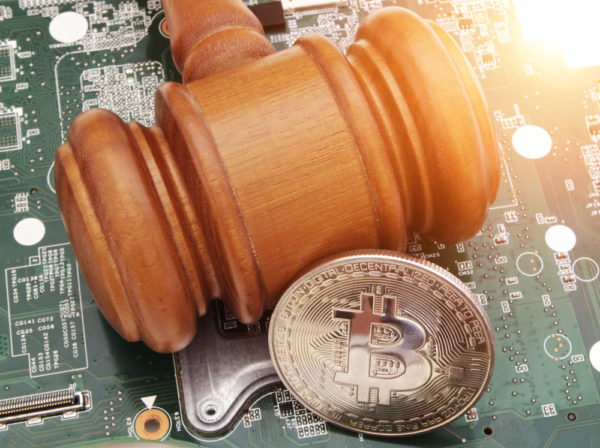 The blockchain, smart contracts, and the various innovations built on top of the blockchain will likely have a lasting impact on many industries.
The blockchain, smart contracts, and the various innovations built on top of the blockchain will likely have a lasting impact on many industries.
It isn’t a matter of whether or not lawyers choose to use the blockchain; it’s a matter of when lawyers simply won’t have the option not to interface with the blockchain and remain competitive.
Blockchain technology can automate many administrative functions that consume the bulk of a lawyer’s work, ultimately streamlining costs and passing savings down to the end customer.
Smart contracts, for example, can standardize the drafting and amending of legal documents, which will lower the cost of transactions and accelerate settlement between parties. Best of all, smart contracts execute automatically.
While this may not bode well for law firms used to charging hefty fees for what is essentially busywork, smart contracts create a distinct competitive advantage for organizations that can build on top of them.
Back to top









